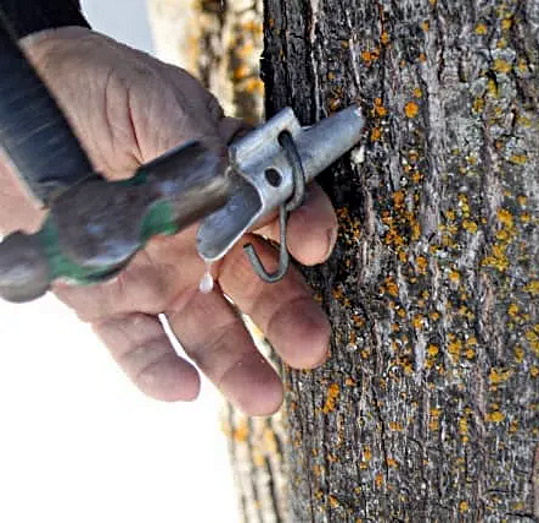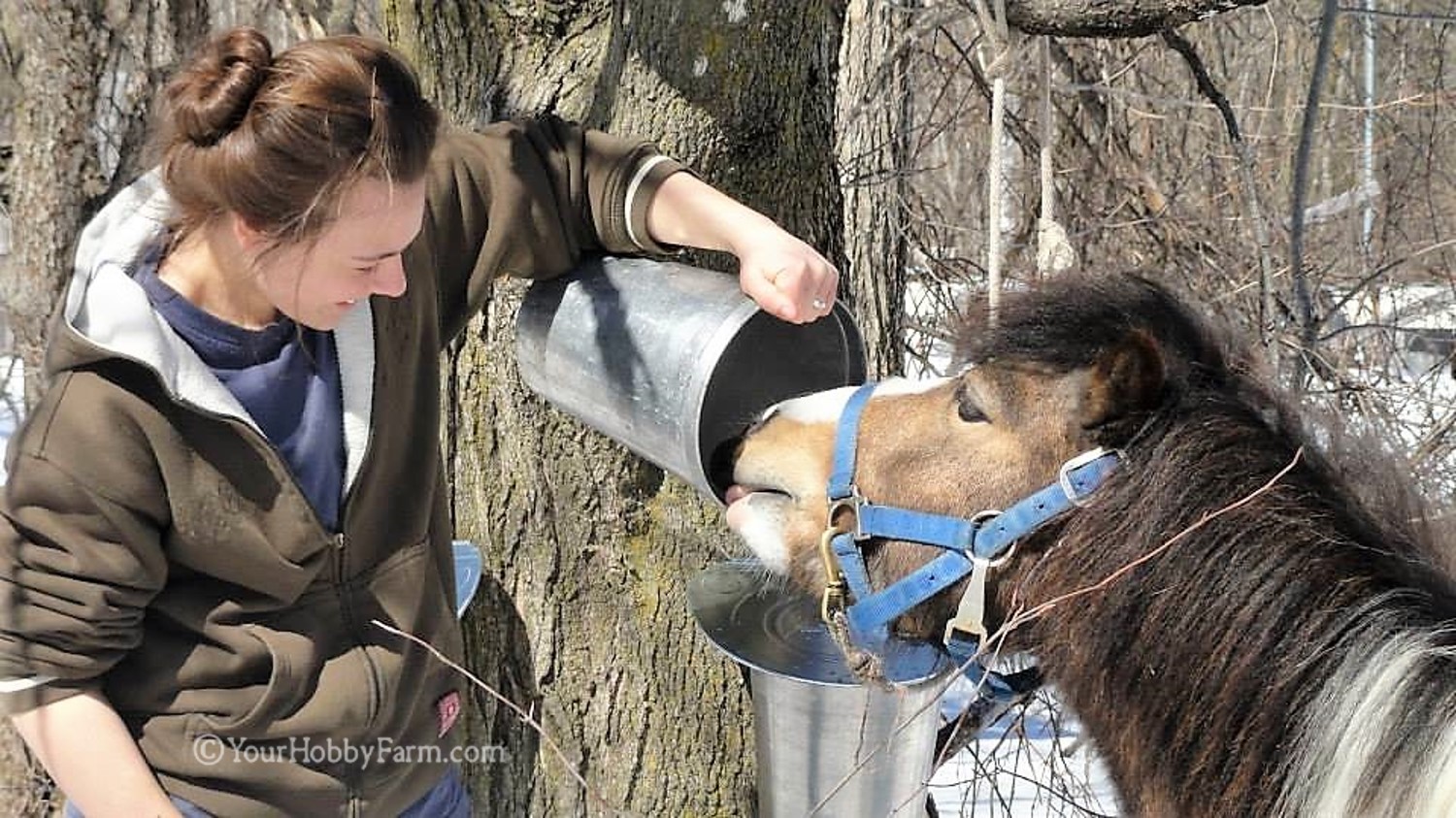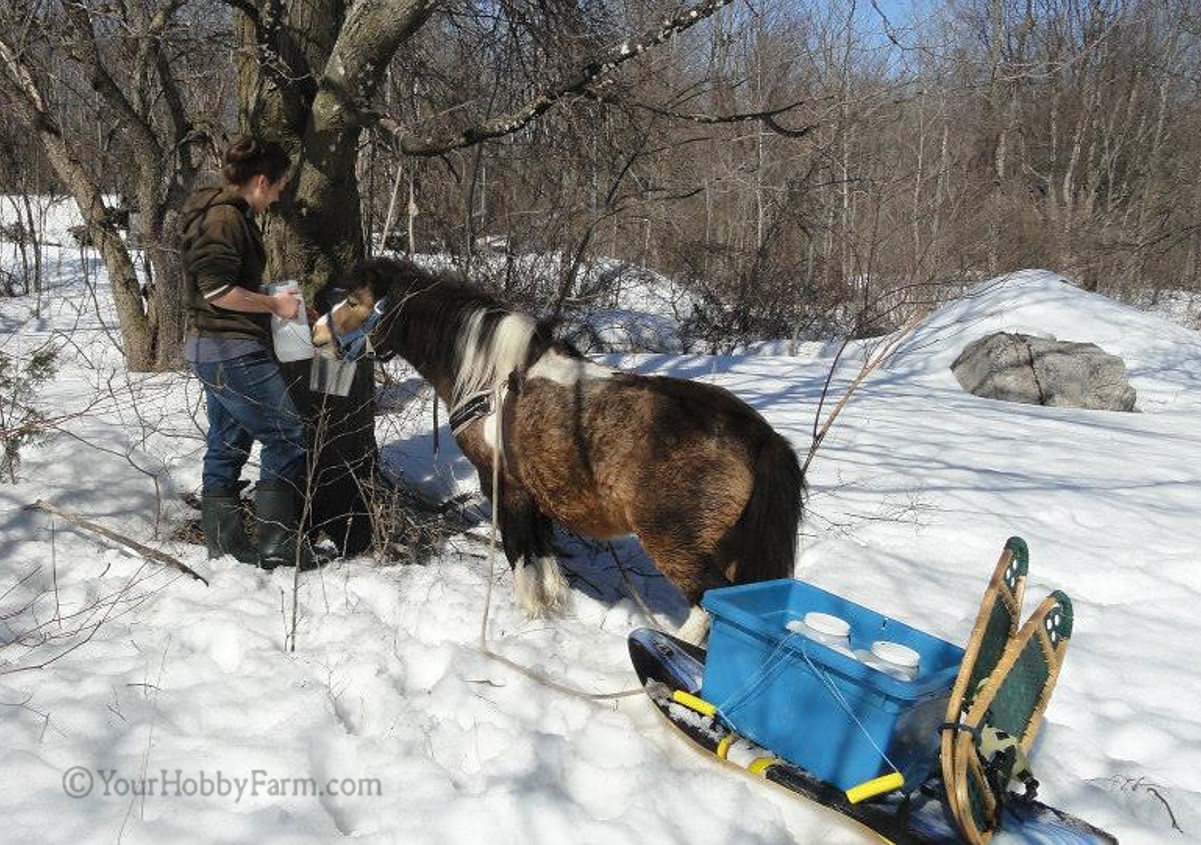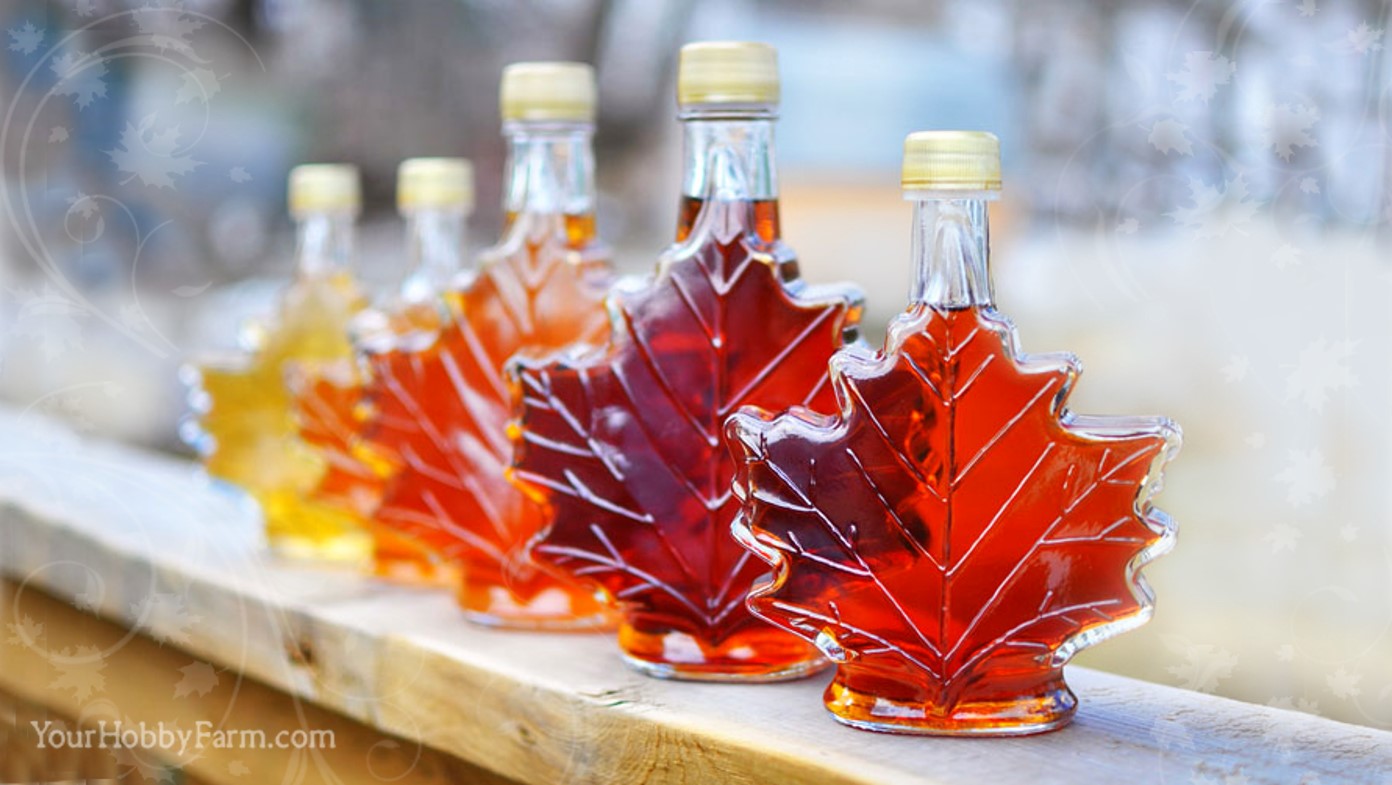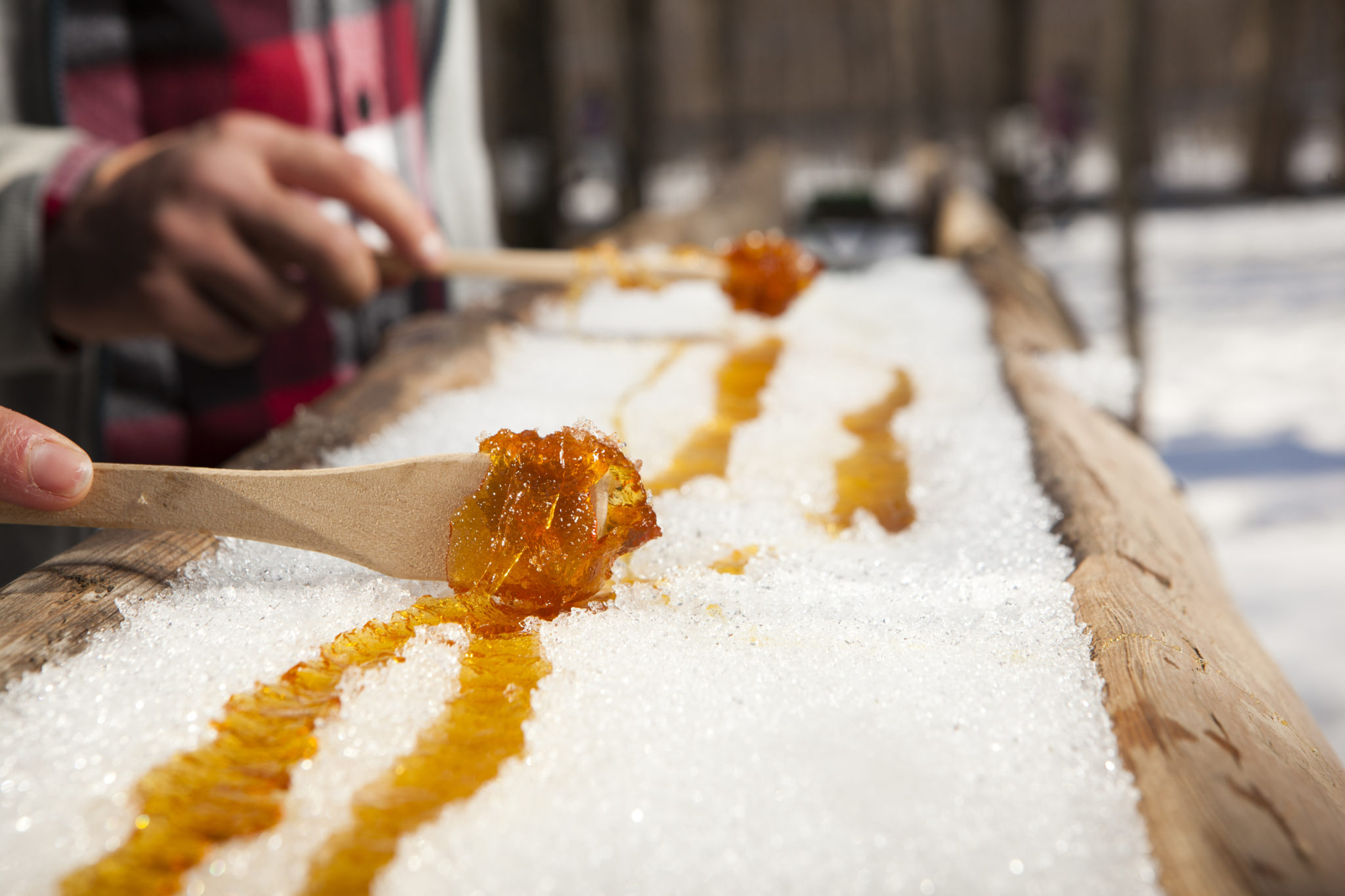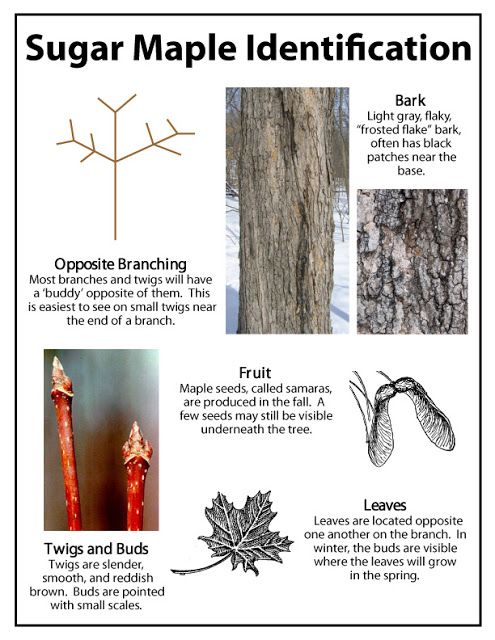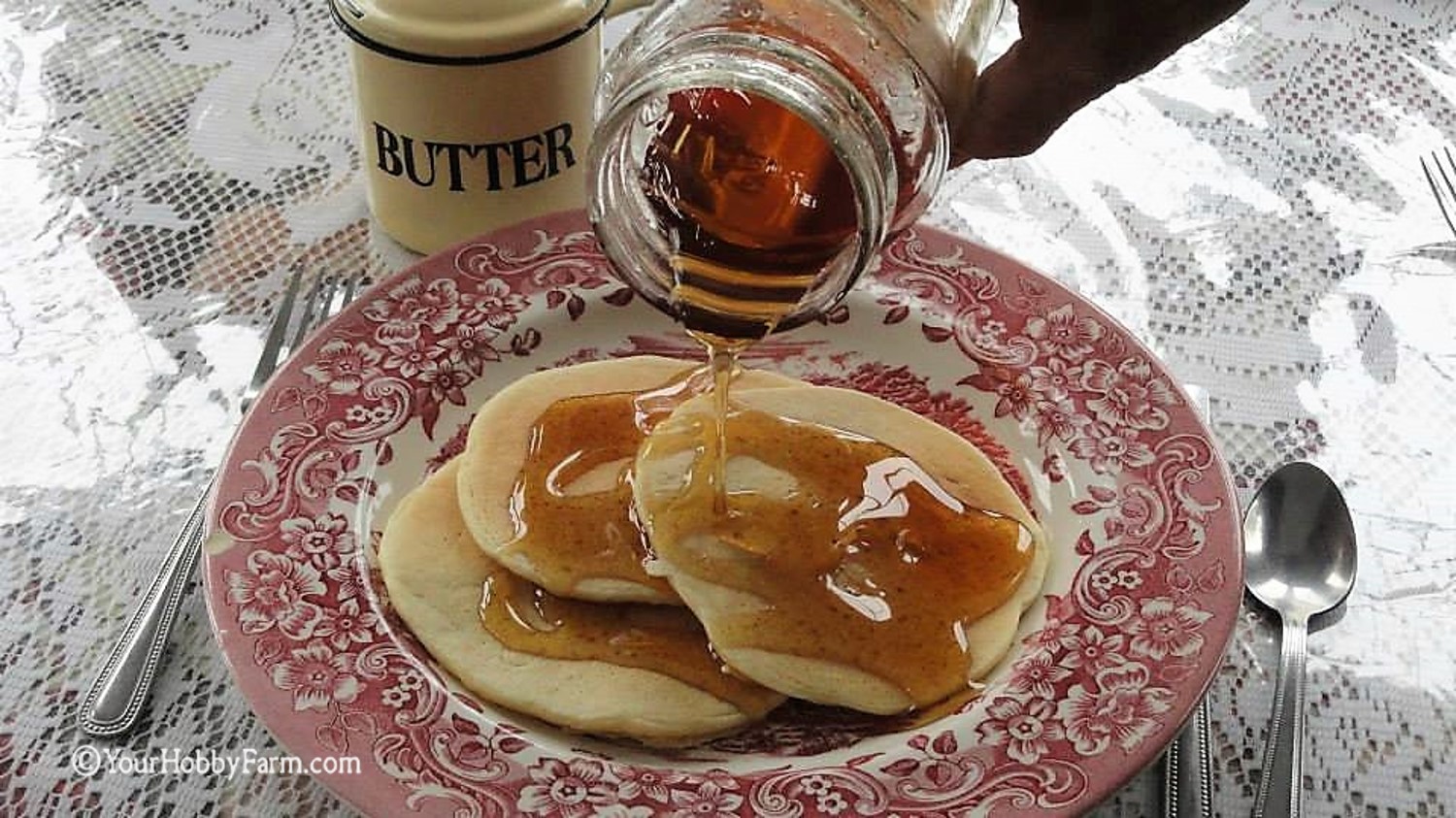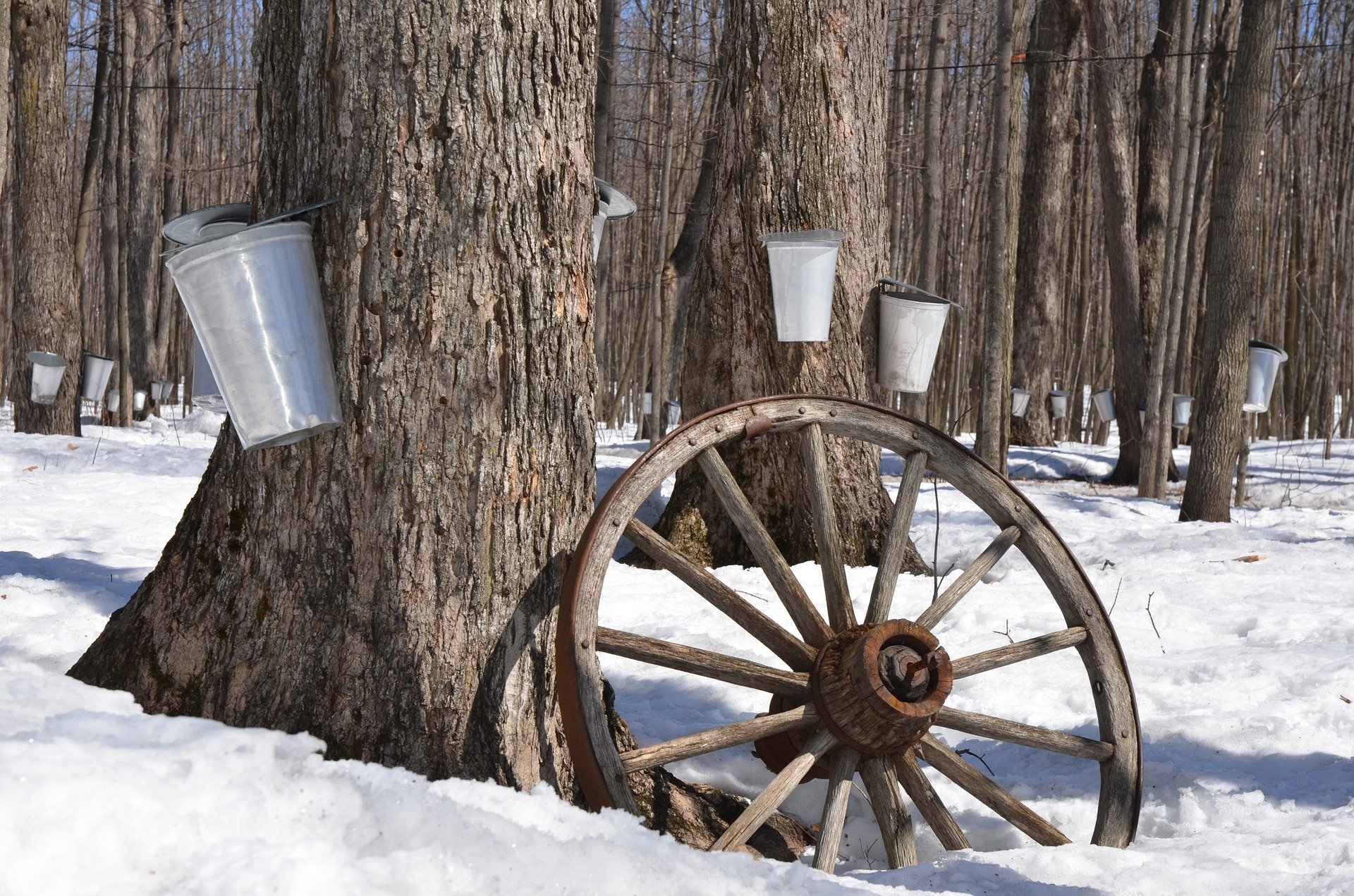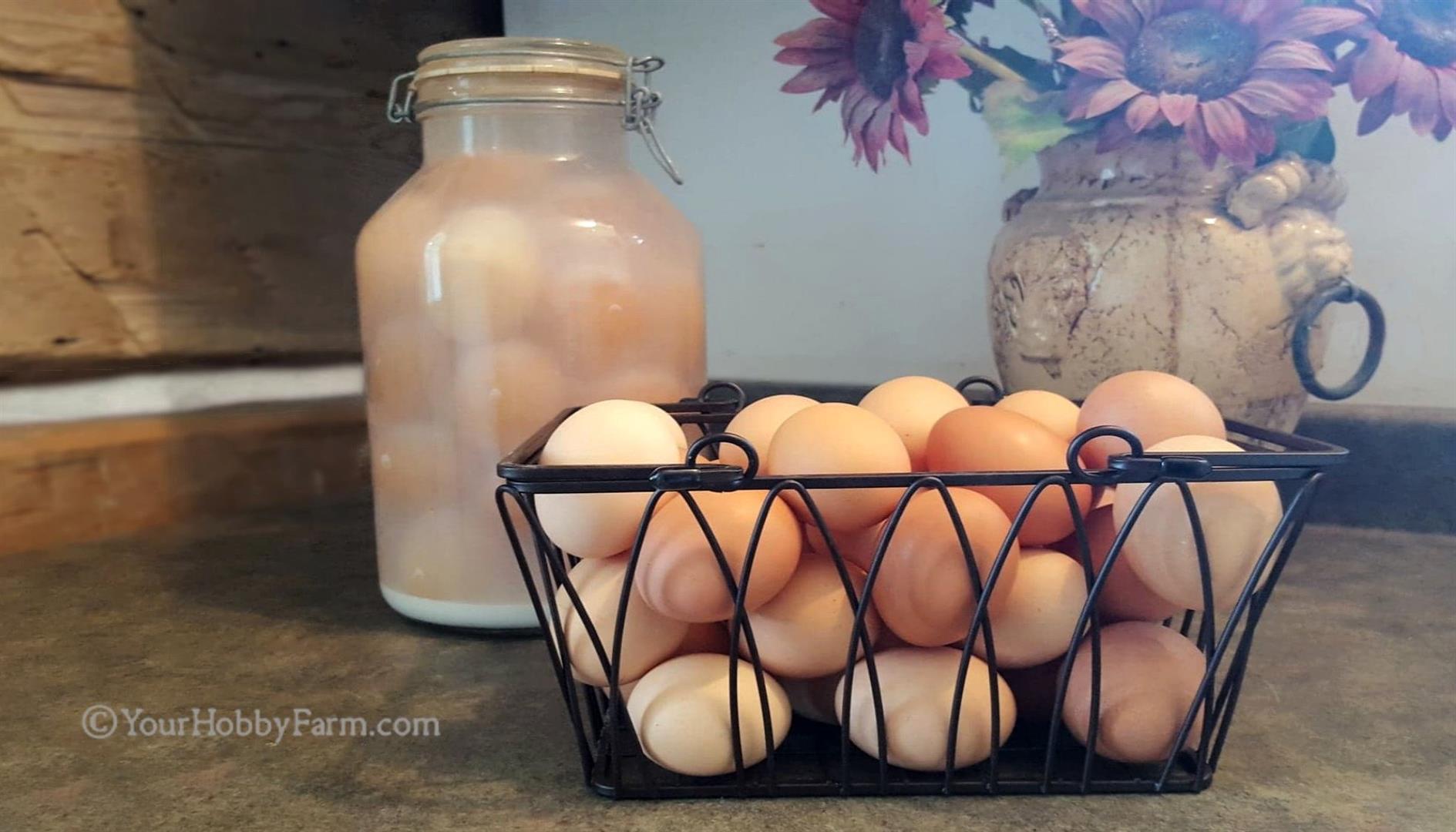Real Maple Syrup FAQs
About Maple Trees, Maple Sap, and Maple Syrup...

Many of you have asked a wide variety of questions about maple syrup. Here on our Real Maple Syrup FAQs page, we offer answers to some of those questions. Also, don't miss the photos and short video below for a visual to help to answer some questions as well. Now, let's delve into this sweet subject!
This Real Maple Syrup Q&A:
A Random Assortment of Questions That Have been Asked...
The answers to some of these questions may vary from region to region, so we've tried to keep them fairly general.
We all come from different backgrounds, so please remember, there is no such thing as a silly question. Perhaps you've asked some of these questions before yourself. Or maybe you would have answered a question differently. The answers to some of these questions may vary from region to region, so we've tried to keep them fairly general. We all have different backgrounds with different areas of experience and knowledge which makes this world such an interesting place!
We hope that you find these Real Maple Syrup FAQs interesting and helpful. Let's get started!
Simply click on the arrows ▶ below, and the answer will appear beneath the questions.

What is maple syrup?
What is maple syrup?
Real maple syrup is a natural, pure, sweet syrup made exclusively from the sap of maple trees which has been boiled down to reduce the water content and concentrate the sugars into a syrup.
Is all maple syrup organic?
Is all maple syrup organic?
No, not all maple syrup is organic. Organic maple syrup is made from naturally grown maple trees, as in the wild, with no chemicals used in processing it. Producers who advertise organic maple syrup are not allowed to groom the forest undergrowth. If they do use any fertilizers now and then, they're limited to using wood ash, lime, or other specific, natural fertilizers. Also, the equipment, spiles and buckets, etc., used for processing the syrup must not be cleaned with any toxic cleaners.
Does maple syrup have sugar? And if so, is maple syrup bad for you?
Does maple syrup have sugar? And if so, is maple syrup bad for you?
Pure maple syrup does contain natural, unrefined sugar, but no other sugars or sweeteners have been added to it. It would be considered among the 'better sugars' which would also include coconut sugar, and date sugar, and other naturally derived sugars.
Is it bad for you? No, real maple syrup is rich in vitamins, minerals, antioxidants, and other healthy nutrients and contains fewer calories than honey. However, imitation and overly processed maple syrup, as opposed to real maple syrup, is bad for you. It's no different than any other syrup, heavily laced with sugars and unhealthy artificial additives and sweeteners. Here is some additional information regarding nutritional benefits of maple syrup.
Where is maple syrup from, and where is maple syrup made?
Where is maple syrup from, and where is maple syrup made?
Maple syrup is derived from the sap taken from a number of varieties of maple trees which are native to the US and Canada. Canada produces 71% of the world's pure maple syrup.
Maple syrup is often made in a sugar shack, or in French: a "cabane à sucre", located in or near a sugar bush, or maple woods.
What is a "sugar shack"? And what is a "sugar bush"?
What is a "sugar shack"? And what is a "sugar bush"?
A sugar shack, or in French, a "cabane à sucre", is a small cabin or groups of cabins. Usually, it's located in or near a sugar bush, a grove of maple trees, or maple woods. The sap is collected from maple trees, brought to the sugar shack, and is boiled into maple syrup. A sugar shack may also be called a sap house, sugar house, sugar shanty or sugar cabin.
I'd love to watch how is maple syrup made. How might I do that?
I'd love to watch how is maple syrup made. How might I do that?
If you live in an area where maple trees grow, it's likely that you can watch how maple syrup is made first hand. You might be able to visit a local farmer who produces maple syrup on a smaller scale the old fashioned way. Or, by clicking on this link: maple sugar house near me, you may find a sugar house in your area.
If you're not located where maple trees grow, there are interesting videos explaining how maple syrup is made, such as this one.
What can I expect to experience if I can find maple sugar house near me?
What can I expect to experience if I can find maple sugar house near me?
Watching how maple syrup is made is a treat in itself! And the "sugar shack" experience often offers more than just seeing how real maple syrup is made.
The visit feels like a fun step back into time that engages all your senses, celebrating both the anticipation of spring as well as the Canadian and American Northeast settlement culture. It often includes a walk in the woods, checking sap buckets, tasting raw sap, partially cooked sap, freshly made real maple syrup, maple sugar, and maple toffee on snow. The "sugar shack" experience often includes a traditional, all-you-can-eat "Cabane à Sucre" meal, a sleigh ride, folk music and square dancing.
Since sugar maple trees are region specific, depending on where you're located, you may have to travel to make your desire a reality. When you arrive, this link might help you: maple sugar house near me. We're sure that you'll thoroughly enjoy your experience!
When is maple syrup season? When do they start tapping maple trees for syrup?
When is maple syrup season? When do they start tapping maple trees for syrup?
Maple syrup season begins in late winter or early spring, depending on your location. Sap begins to flow when nighttime temperatures are below freezing and daytime temperatures are in the 40s°F (around 4°C). Ideally, there would still be a good cover of snow on the ground to keep the root systems cold. This is when to collect maple sap and start boiling it down to syrup.
Is maple syrup good for you? What are health benefits of maple syrup?
Is maple syrup good for you? What are health benefits of maple syrup?
Many of you have asked: Is maple syrup good for you? Being a natural sugar, saying that maple syrup is good for you may sound like an oxymoron. But pure maple syrup does indeed contain some real health benefits. Not only is it high in antioxidants, but in every spoonful, there are nutrients like riboflavin, zinc, magnesium, calcium and potassium. According to Helen Thomas of the New York State Maple Association, maple syrup has a higher concentration of minerals and antioxidants, yet fewer calories than honey. Here is further information on benefits of maple syrup that's you'll probably find interesting.
Can maple syrup go bad? I'd also like to know how to store maple syrup, thanks!
Can maple syrup go bad? I'd also like to know how to store maple syrup, thanks!
Pure maple syrup is made without preservatives, so there's a limited shelf life for maple syrup. It can go bad after a couple of days if left sitting out unrefrigerated. Signs of maple syrup gone bad is visible mold, an off smell, and an off flavor. Syrup should be refrigerated after it has been opened.
If your container has not been opened, maple syrup will keep 2 to 4 years unrefrigerated. in a cupboard, pantry, or any other cool, dry place, or you can freeze it.
Can you freeze maple syrup? And if so, will it last longer?
Can you freeze maple syrup? And if so, will it last longer?
Yes! When frozen, maple syrup can last indefinitely. The syrup won't freeze solid. Because of its very high sugar content, it will become much thicker. If you're freezing it in a glass container, just be careful of expansion of the syrup which can break the glass. Either remove some of the content or place it in a different container that won't break if the content expands. Also thaw it slowly so the glass doesn't break from a quick change of temperature.
Regarding diabetes and pure maple syrup, what is the glycemic index of maple syrup?
Regarding diabetes and pure maple syrup, what is the glycemic index of maple syrup?
Real maple syrup has a glycemic index of 54 in comparison to 65 for table sugar. As a result, maple syrup may raise blood sugar slightly more slowly than regular sugar, but any sugar still raises blood sugar. In comparing the glycemic index of different sugars, researchers have determined that eating maple syrup causes a lower rise in blood glucose (sugar) levels than white sugar, corn syrup or brown-rice syrup and they've given maple syrup a lower glycemic index, similar to honey, molasses and agave syrup.
It is important to note that there's a big difference between pure maple syrup and corn syrup that's maple flavored, which is what many cheaper kinds are. Flavored syrups are not real maple syrup and lack all the health benefits of maple syrup.
What's the maple sap to syrup ratio? How many gallons of maple sap for 1 gallon of syrup?
What's the maple sap to syrup ratio? How many gallons of maple sap for 1 gallon of syrup?
This depends on the sugar percentage in the sap. Generally, about 40 gallons of sap boiled down and concentrated should make roughly one gallon of syrup. But this depends on the type of maple tree you're tapping and the concentrations of sugar in their sap. The lower the sugar percentage in the sap, the more sap you need to make a single gallon of pure maple syrup.
When tapping maple trees, what causes cloudy maple sap? And is it ok to use?
When tapping maple trees, what causes cloudy maple sap? And is it ok to use?
Cloudy sap can be a result of the weather turning warmer or the sap sitting unprocessed a little too long. Bacterial growth can cause cloudy sap, which can have an undesirable effect on the syrup's color and taste. Smell and taste the sap, and if it tastes ok then go ahead and boil it down. It will most likely make dark syrup. It's important to keep the sap cold and don't wait too long before boiling it down. Sap can spoil and become cloudy and off-tasting if it is left too long in storage.
Can cats have maple syrup? And can dogs have maple syrup?
Can cats have maple syrup? And can dogs have maple syrup?
To answer both questions, yes, they can eat it, but only in moderation. Pure maple syrup is not toxic or dangerous for either cats and dogs, However, it's certainly not something they should have daily because of the high sugar content. Though maple syrup contains trace amounts of riboflavin, manganese, zinc, calcium, and amino acids, the concerns of the high sugar content outweigh the nutritional benefits of maple syrup for pets.
Is it better to use maple syrup instead of sugar?
Is it better to use maple syrup instead of sugar?
Yes, you can substitute maple syrup for sugar. Real maple syrup is a healthier alternative to sugar, and it has many health benefits as well. Being natural, maple syrup also contains more healthy nutrients like vitamins, minerals & antioxidants. Many people choose to use maple syrup instead of sugar, especially if they live where maple syrup can be easily obtained. Here are some suggestions for substituting maple syrup for sugar in baking.
What are the best maple trees for syrup?
What are the best maple trees for syrup?
Maple syrup can be made from any species of maple trees, but sugar maples are the first choice for use for making maple syrup. They have the highest sugar content, the best yield, and the longest sugaring season. Other maple trees that can be tapped include: black, red and silver maple.
When tapping trees for maple syrup, how big and how old should a maple tree be?
When tapping trees for maple syrup, how big and how old should a maple tree be?
Some say it takes at least forty years for a maple tree to grow before it is big enough to tap. A tree of 12-20″ in diameter can be tapped with one spile and bucket. A tree of 21-27″ wide can fitted with 2, and a tree of 27″ or more inches in diameter can have 3 taps on it.
Tapping maple trees too early isn't good, but could I start tapping maple trees in January?
Tapping maple trees too early isn't good, but could I start tapping maple trees in January?
A lot depends on the climate and weather in your area. In our area, we begin tapping in late February. We'd suggest asking around in your area to see when the local people there begin tapping their trees.
What's the best tapping maple trees depth when drilling the holes for the spiles?
What's the best tapping maple trees depth when drilling the holes for the spiles?
Regarding the best tapping maple trees depth, we would recommend that you don't drill beyond 2" into the tree. You can mark your bit using a small piece of colored tape wrapped around the bit or a marker to serve as a drilling depth-guide.
Can other types of trees be tapped for syrup besides maples?
Can other types of trees be tapped for syrup besides maples?
While tapping maple trees for syrup is what is most common, the principles for harvesting maple syrup are basically the same with other types of trees you can tap. Besides the various species of maple trees, birch, alder, hickory, butternut, ironwood, sycamore, and a variety of nut trees can be tapped to make syrup. Of course, the sap to syrup ratio will be much different as they don't contain the sugar content that sugar maples offer. You can learn more about tapping various species of trees here.
I'm wondering how to get maple syrup. How can I find pure maple syrup near me?
I'm wondering how to get maple syrup. How can I find pure maple syrup near me?
You can try researching syrup producers and see if they can ship some to you. If you can't find any at your local grocery store or Costco near you, you could try ordering real maple syrup from Amazon. Also, this link may be of help as well: pure maple syrup near me. Or, if you happen to have a sugar maple tree or two on your property, you can try harvesting your own maple syrup.
What other natural products are made from maple sap or maple syrup?
What other natural products are made from maple sap or maple syrup?
Besides simply enjoying real maple syrup, there are several other sweet products made from maple sap and syrup. If the cooking doesn't stop once syrup has been made, and you change the rest of the process a bit, you can wind up with maple butter, soft maple sugar, hard sugar, or maple taffy. Syrup can also be used to make candy or jelly.
Maple syrup is made into maple liqueurs, maple BBQ sauce, and many other recipes, both savory and sweet.
People also add real maple syrup to beeswax to make candles. Other folks make nature maple syrup soaps and other body care products.
I'm interested in knowing how to identify maple trees. What should I be looking for?
I'm interested in knowing how to identify maple trees. What should I be looking for?
For sugar maple tree identification, there 5 main ways to identify a maple tree: by its leaves, bark, branching pattern, twigs and buds, and by its flattened, winged seeds/fruit, called "samara". Identifying a maple tree becomes easy once a person recognizes these 5 characteristics. Since seeing for oneself is often better than a written description, here is a great illustration describing maple tree identification, and more information on how to identify maple trees.

Making Real Maple Syrup: Picturing the Process
Maple_Syrup_Video_1

How is maple syrup made?
This short video below explains the process of how maple syrup is made the old fashioned way.

Translate This Page!
Traduire Cette Page!
¡Traduzca Esta Pagina!



Piping Rock©
Bringing you the highest quality In hundreds of health care and life-enhancing natural products at the
lowest cost to you!
high reviews, crazy deals,
happy, healthy customers!
Click here and save today!
Business Appreciation
* This website is not affiliated with
Piping Rock

Supporting our local feed mills
Meunerie Alexandria Milling
613-525-1973
Great Products • Great Prices
Great Service
Click the pic for their
facebook page!
Meunerie Alexandria Milling
Established in 1962 by The Massie Family
Email: Alexandriamilling@hotmail.Ca
475 Massie Crescent
Alexandria, Ontario, Canada
~~~
Small Business Appreciation
* This website is not affiliated with
Meunerie Alexandria Milling


